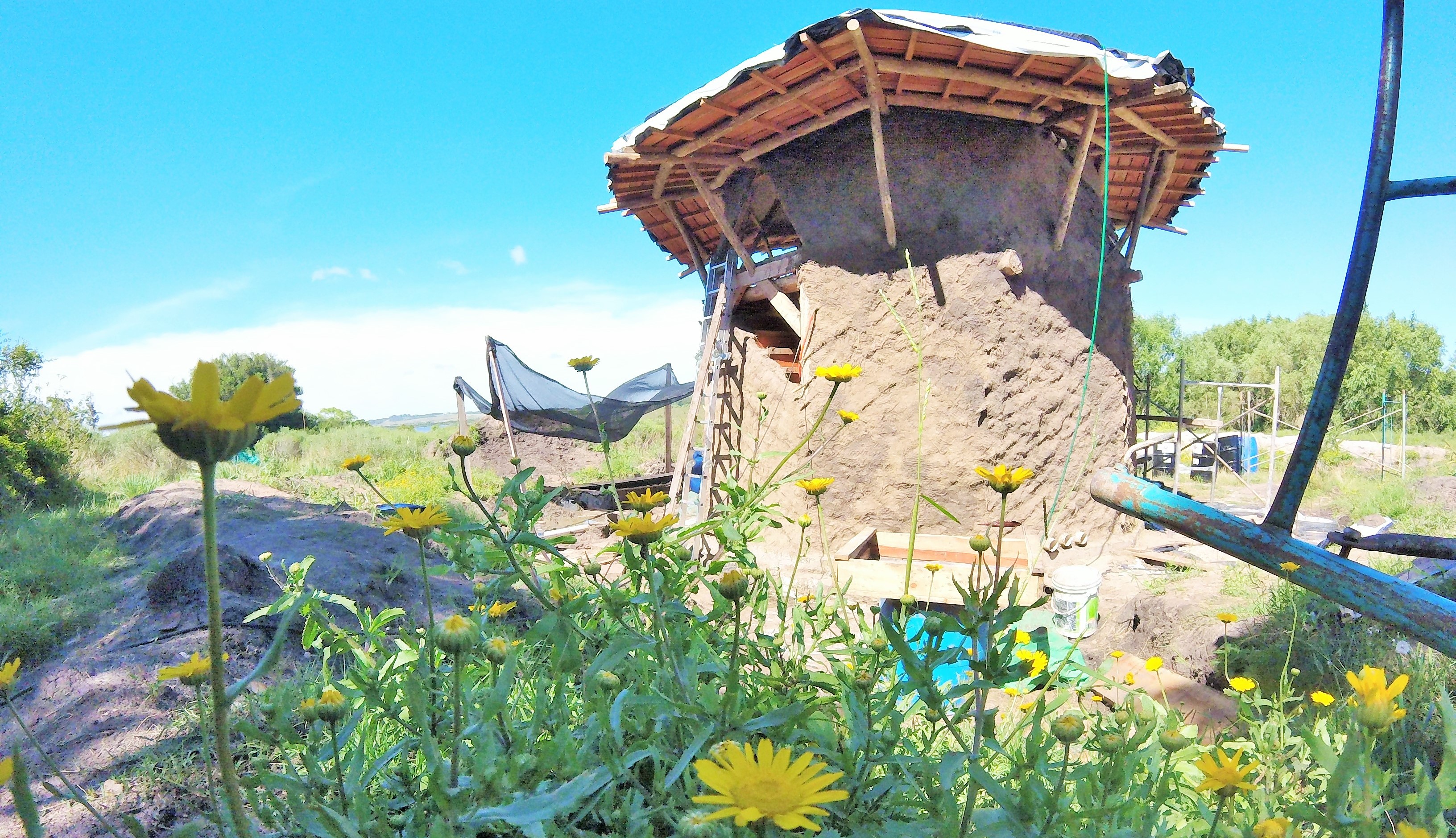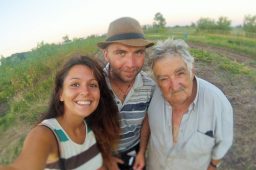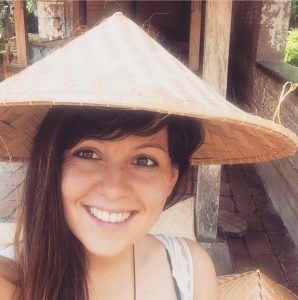How I built a mud house in Uruguay
- January 17, 2017
- by
- Milica Radović
When we say “a mud house” people usually think of something belonging to a distant history, something primitive and impossible to build in urban areas. We usually identify this concept with the houses in Africa, India and other third-world developing countries. However, a group of hippies initiated this concept that became popular worldwide.
A mud house has multiple advantages:
- It is much cheaper than the standard brick house.
- It lasts for a long time, dependind on the construction, but usually between 200 and several thousand years.
- It absorbs moisture.
- It maintains an optimum temperature, it is a natural insulator so it definitely pays off.
- It does not cause any alergic reaction and provides a healthier environment.
- It is eco-friendly.
I am currently in Uruguay helping a 29-year-old guy called Federico. He opted for living in the countryside with his girlfiends instead of life in a city. He started building an eco-friendly mud house on one of his family’s properties.

Federico
The property is located next to the lagoon so the house we are building will have a nice sea view. Life conditions on the property are, for now, improvised, but everything is in a beautiful harmony so I do not need anything else while I live and work here.
I live in a tent. I sleep in a sleeping bag which I carry everywhere with me. I do not have a mattress so lying on the ground is a bit uncomfortable, and it is a bit cold during the night. If it rains it gets really wet since my tent is located next to the ponds. The whole property is surrounded by water, which is really nice.

There is no hot water in the improvised shower, it is only attached to a water hose. Federico brought a device that will be attached to the shower in order for us to have hot water.

When it comes to toilet there is a so-called dry toilet. A dry toilet is only used for number two, if we want to pee then we can do it anywhere in the field. In order to do the number two we have to climb this platform, move the board and finish the job. Instead of flushing the water, we put a little bit of soil over it to absorb moisture. A raised flag on the left is used for letting each other now when one of us is using a toilet.

Out of all these things I like kitchen the best. Federico makes sure that the kitchen is filled with food at all times. I usually cook since I find it interesting to experiment with new spices and various groceries and vegetables I have never seen before. We have the same breakfast every day- muesli with milk, dry fruit, berries I don’t know the name of but which can be found in abundance.
We have a fixed schedule- we wake up at 6.30 then we have breakfast at 7 a.m. After that we begin working. We have lunch at noon and then we go to the beach, or spend some time in the fields. When it gets dark we light a fire and gather around it. The job itself is physically demanding since it consists of carrying buckets and doing a little gymnastics. But that is nothing compared to the final product of our hard work- a finished mud house.


I have had a chance to apply two different techniques when it comes to building mud houses- in Thailand and here, in Uruguay. Same materials are used but different techniques.
In Thailand we first mixed clay, water and sand which would then put into a wooden mould. This mud mixture took up to 30 days to dry and then the final product would be a dried brick ready to be a part of somebody’s house for a long period of time. Between these bricks we put a mixture of mud, cement and grit (just because the owner wanted to make the job easier, but it is usually made without any cement or grit).
In Uruguay, we make a house frame from large trunks and then we merge them by making a wall construction made from bamboo so there is some space left to be filled with straw, previously dipped into mud. You can see what it looks like in the picture below:

After the interior of the wall has been drying for a few days, a layer of mud mixed with sand and some straw is applied to it in order to make a structure that can be attached so it sticks. Then we make balls out of mixture that we then throw from afar into the wall so the balls stick. A layer of mud that is applied the second time is much finer since there is less straw and it is more creamy so it can be nicely shaped with hands so the wall is flat.


A mud mixture is made in a trough. Soil is already enriched with clay so all we needed to do was make a trough and add water in order to make some mud.

Mud houses can look beautiful and modern. If you care about the aesthetics, and you probably do, the finishing layer can be coated with any paste so that it gives a nice finishing touch to the house. Take a look at some of these examples:

Picture taken from the link.

Picture taken from the link.
These eco-friendly houses can have two important additions- solar energy panels and organically grown food. This is the way of life that does not harm the environment and saves a lot of money, as well.
Mud houses are not some new kind of a posh solution, they can also become a solution for building homes in poorer areas. In Africa and Asia I had a chance to see many mud houses. I would love this trend to contienue. The only problem, I believe, is that I am not sure of how much time we need to overcome the fact that mud as a material does not have to be primitive at all.
If any of you decide to build a mud house, feel free to contact me when it comes to organization, plans, volunteers and other details. 🙂



![[VIDEO] Rafting in Bosnia](https://blog.themilica.com/wp-content/uploads/2017/06/Rafting-1-256x170.png)


